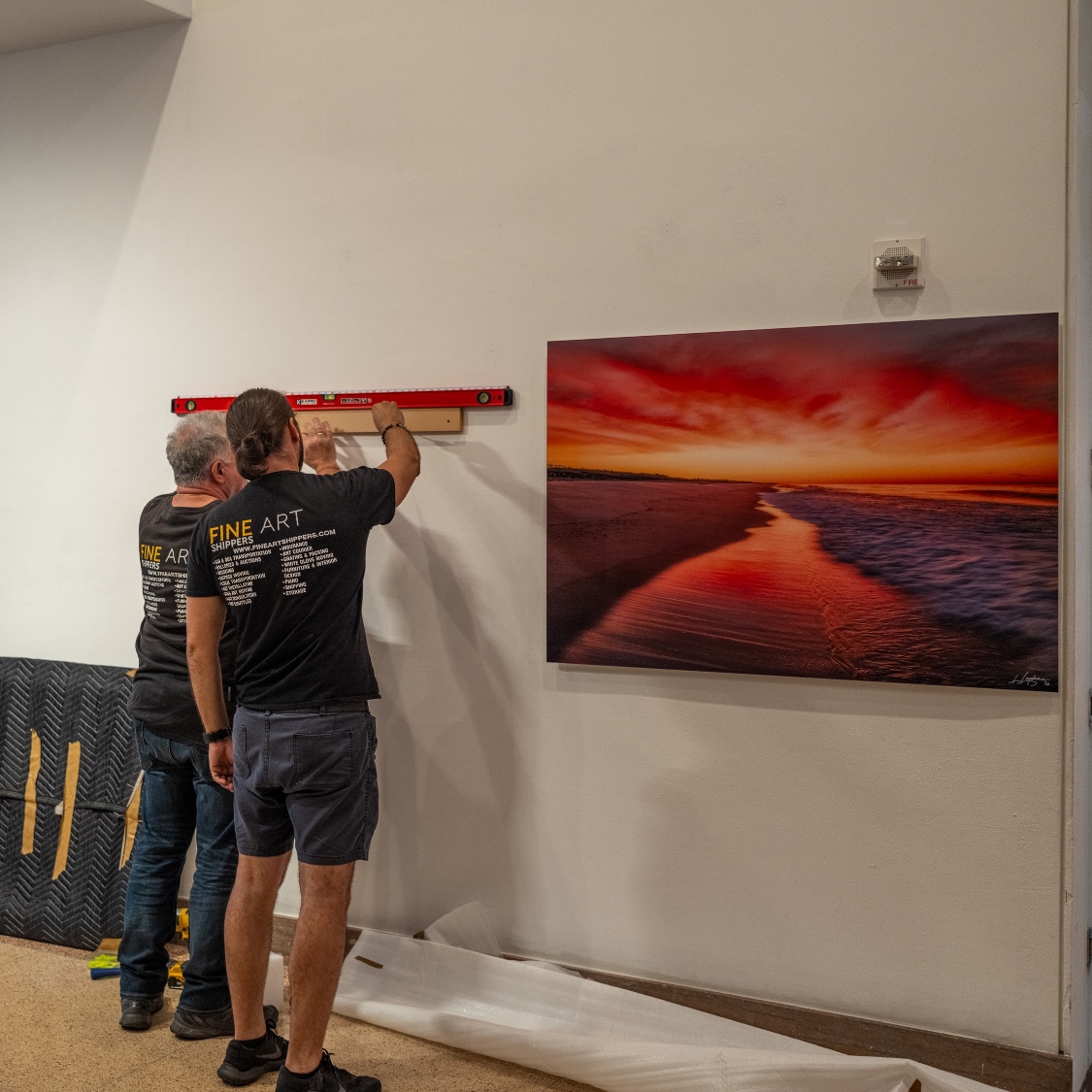Safe and professional art handling is a delicate task with nuances, knowing which can save your precious assets from damage. It’s not necessary to handle art yourself; you can always turn to trained experts to have your artwork transported, packed, unpacked, or installed. However, knowing the basics of handling art with due consideration is vital for every art collector, as it will help you find genuine professionals and avoid mediocre or inexperienced service providers.
What Does Top-Tier Art Handling Involve?
The main purpose of handling art is to move, install, or pack it with due regard to preservation and integrity. To guarantee these principles, your art handlers should meet the following criteria.
Professional Training
Even though there is no dedicated degree for art handlers at academic institutions, proper training is key to acquiring the needed expertise. Handlers should know enough about art, different materials from which artwork is made, and secure handling techniques that minimize human impact on delicate artwork. These professionals should also update their skills and knowledge on a regular basis.
Appropriate Tools, Materials, and Equipment
Acid-free packaging materials, moving equipment of professional grade, gloves (if needed), and other protective and assistive tools are required to ensure professional handling at all stages. Expert art handlers should know how to build custom crates and organize proper cushioning for the packaged artwork.
Stable Environment
The whole process of handling art during transit from one location to another should take place in a stable, carefully controlled environment. Art handlers should know the optimal temperature and humidity range for the shipped works of art and be able to customize the settings in the truck or storage space for a maximum level of artwork preservation.
Secure Handling
Manual handling of artwork during pick-up, packing, unpacking, loading, and unloading is the main source of risks for delicate and fragile works of art. That’s why it is critical for art handlers to be competent in handling techniques that minimize direct contact with artwork surfaces and ensure sufficient support and stability for artwork items during their movement. They should apply carts and dollies when needed to guarantee safe transportation and avoidance of pressure points.
Use These Tips to Find Expert Art Handlers
Now, you know the basics of secure art handling and can use them as a checklist for provider selection. Fine Art Shippers follows these excellence criteria when hiring and training art handlers. Thus, by turning to us, you can always enjoy top-quality service and end-to-end safety for your precious assets.
